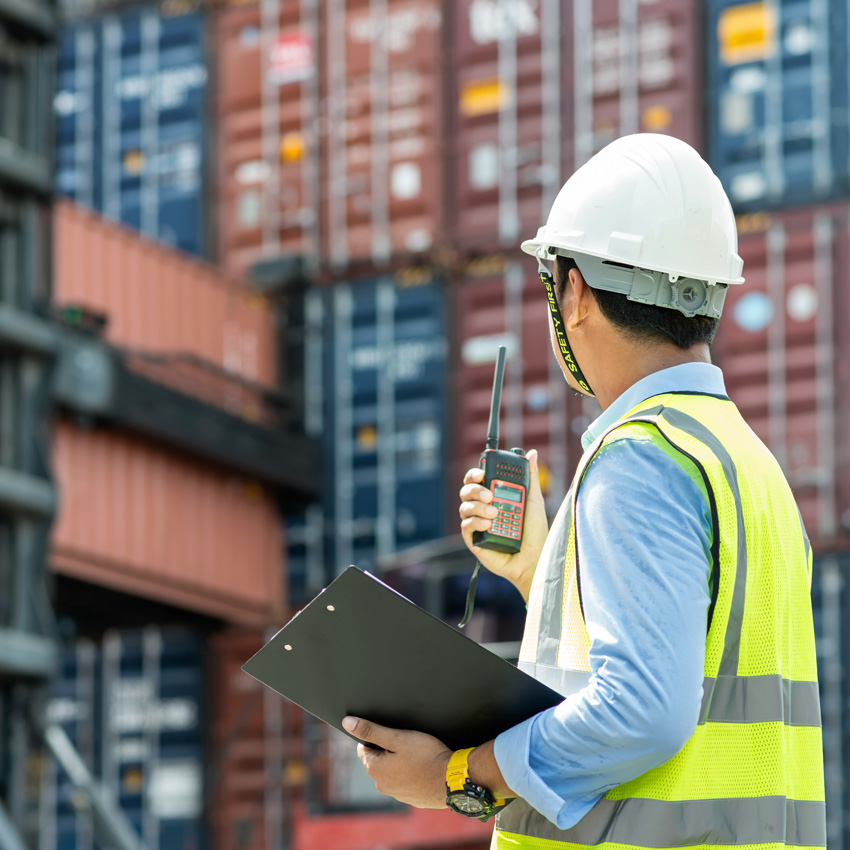
Customs Glossary for US Customs
The US is notorious for having some of the most stringent and expensive customs processes of any nation. Knowing exactly what your requirements are can be difficult to establish because it can depend on a range of factors; type of goods, quantity, transportation type and their place of origin.
While it would be impossible to outline exactly what you will need to successfully pass US customs in an article, this piece will give a good idea of your requirements. For guidance on your exact requirements, reach out to a member of our team.
Key customs requirements to be aware of when shipping to the USA
The commercial invoice and packing list
These contain critical information about your goods, such as the origin, the manufacturer, the destination and HTS Codes. They also give a complete description of goods and weights. They are required to be written in English.
Power of Attorney
WTA will need power of attorney over your shipment to clear your goods through customs. We also need this to pay duty on your behalf. Click here for our POA form and instructions.
Importer Security Filing (ISF)
This needs to be sent 72 hours prior to the date of sailing. All manufacturers and the goods from their facilities need to be entered. The following information will need to be filled out:
Manufacturer (or supplier) name and address
Seller (or owner) name and address
Buyer (or owner) name and address
Ship-to name and address
Container stuffing location
Consolidator (stuffer) name and address
Importer of record number/foreign trade zone applicant identification number
Consignee number(s)
Country of origin
Commodity Harmonized Tariff Schedule number to six (6) digits
The Bill of Lading / Airway Bill
An Airway Bill is used for air shipments while the Bill of Lading is used for sea shipments. Both are the legal documents given by the airline or shipping line to confirm your freight is onboard. The arrival notice allows WTA Group to start the clearance process and should be sent over before the freight reaches port.
Harmonized Tariff Code
Every item that is shipped to the USA is assigned an internationally recognised code, called a Harmonized Tariff Code. We can provide recommendations and assistance on this.
Harmonized Tariff Schedule (HTS)
The HTS comprises a hierarchical structure for describing all goods in trade for duty, quota, and statistical purposes. Every item that enters the USA has an HTS code. Having this code ready is extremely important for quickly clearing your goods through customs. Find your product code and save it for future reference.
Labelling
This must be in English, have a country of origin on it and include a full list of ingredients.
Nutrition Facts Label
The USA Food and Drug Administration requires a Nutrition Facts label for most packaged foods that reflect the latest in nutrition science and includes additional nutrient information.

Insights on the WTA Freight Club Podcast.
Why not listen to the latest edition of our popular Freight Club podcast? Containing advice on a range of customs and freight talking points.




